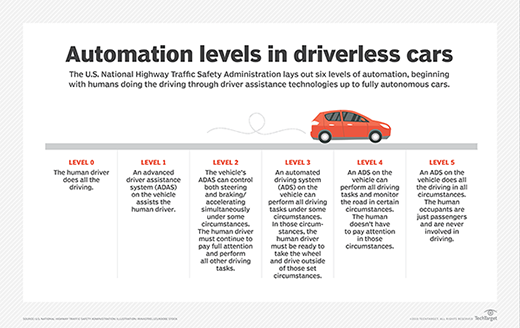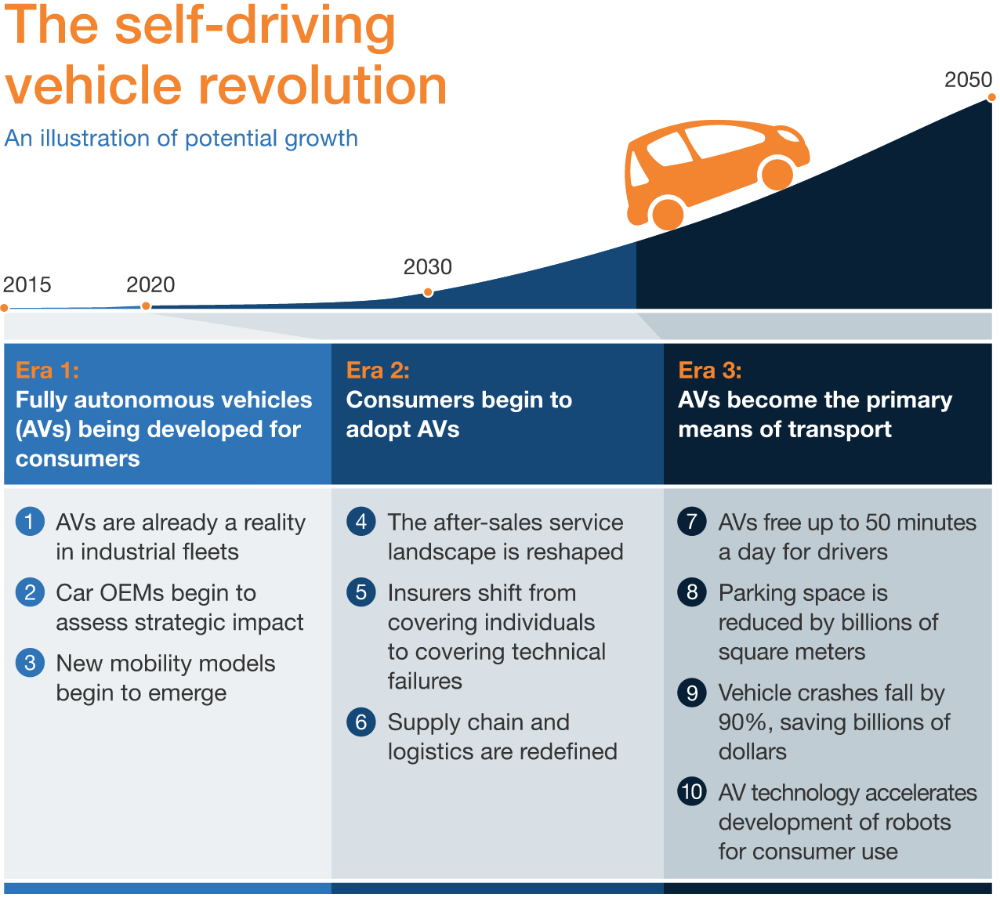THE MUSK THINGZ:- TESLA - (THE TECH BEHIND SELF DRIVING CAPABILITIES)....
THE TECH BEHIND SELF DRIVING CAPABILITIES
F.S.D : The Next Frontier in the Automotive Industry
Autonomous Driving (OR) F.S.D : The Next Frontier in the Automotive Industry
The rise of the automotive industry dates back to the early 1900s, with Ford being the company that first rose to the occasion. Since then, the industry has seen a rapid expansion across the globe on many fronts. This growth is being challenged by the autonomous driving sector, which has made some serious advancements leading up to now.
The DNA of the Industry
This section is going to deal with how the industry is built now and what lies ahead. It will be more of a comparison than a discussion.
Alternative Source of Energy
The automotive industry that we know today is powered based on the principle of mechanical force. The mechanical force is yielded by the internal combustion engines that run on fossil fuels like petrol, diesel, and natural gas. Because of such extensive use of this limited resource, it is predicted that there will be a shortage of fossil fuel in the coming years. So the production of internal combustion will most likely be terminated in the next decade, with more people exploring turning to solar, electric, and battery-operated vehicles.
Leaning Towards Software
The automotive industry is a hardware-based business with tons of mechanical systems and hydraulics. But the hardware is soon to be replaced with the digitalization of the electronics. Just like how large personal computers evolved into smaller phones with integrated processors, the entire vehicle will be software-driven.
Shared Mobility
The automobile now is considered as a personal asset, and it requires a certain amount of investment and background. The future looks more towards changing that concept by making it a shared asset. A good example is Uber, the world's largest transportation organization, which does not own a single car. Rather, the company uses software to deal with numerous commutation purposes, including freight and food delivery. This way, they have reduced the number of privately owned cars to a large extent.
Customization
The option to customize modern cars is limited due to its design considerations. Autonomous cars will be far more customizable than any fossil-fuel run vehicle, with Tesla being a prime example. Although a fairly new company compared to other major players, Tesla's success rate in the market is bigger since they offer completely customizable electric cars. The Model S is a prime example where you can choose everything from the interior of the car to the software.
Reducing Human Error
The final observation would be that the future appears to offer a driver-less experience to individuals. Humans have a tendency to make mistakes on the road, increasing the risks of accidents. As a result, the automotive industry will introduce an algorithm that is far more accurate than a human, thereby offering a safer driving experience to people.It is to be noted that autonomous does not suggest that the driving is "automatic," but rather enhance the experience by the addition of multiple software and sensors, and become more environment-friendly.
The CASE Conception
CASE is short for Connected, Automated, Shared, and Electrified.
Connected
Connected mobility refers to a vehicle containing a connectivity module that will live-stream detailed information regarding driver performance. It will also stay connected to the internet when in use. It's more like operating a smartphone that provides constant updates and guides the owner with built-in GPS. The resultant data will not only benefit the owner but also help vehicle insurance companies to opt for a usage-based premium scheme rather than the conventional prepaid scheme.
Automated
An automated car refers to the vehicle being driven partially or completely by the integration of software. The aspiration is to show that automobiles can run on a particular algorithm, almost like a robot on wheels. Automation will drastically reduce the number of accidents caused due to human errors like fatigue and drowsiness.
Shared
Shared mobility refers to vehicles being monetized by the owners like the mentioned example of Uber. When not in use, the vehicle will serve others, thereby reducing the cost of transportation while providing a steady income for the vehicle owners. These benefits make this approach a win-win for both parties. Zoom Cars is one such established company that offers vehicles on a subscription-based transaction.
Electrified
The electrified approach refers to the end of the IC engine era, where any advancements made in this sector will be disregarded in the near future. Top MNCs in automotive hubs like Japan, Germany, the USA, etc. have already put a halt to the research behind IC engines and are now turning their attention towards Electric Drive. Although more people have started to get interested in electric vehicles, it is still a work in progress in terms of safety and range parameters. Nevertheless, cars like the MG Hector and TATA vehicles have made significant headway in the autonomous driving community.
Companies like Toyota, Mercedes-Benz, and Siemens are largely in favor of the trend and have employed dedicated teams that are working round-the-clock towards making CASE a fully-fledged reality.
This also means that the current batch of engineers and enthusiasts will be working on CASE-dedicated projects if they were to turn their career towards the development of this idea.
Breaking Down Autonomous Driving
With people referring to autonomous driving as any of the mentioned terms in the illustration above, the phenomenon demands an explanation.Simply put, autonomous driving refers to operating a driverless vehicle capable of fulfilling the main transportation capabilities of a traditional car. A perfectly balanced definition is as follows:
1.Autonomous driving is simply mimicking human behavior in real traffic scenarios to fulfill the purpose of transportation, with some or no intervention of the owner.
2.The reality of autonomous driving is possible because of drive-by-wire technology. It deals with controlling the acceleration of the vehicle, actuating the brake pressure, and controlling the steering wheel by scanning the environment around, thus avoiding collision with foreign objects.
3.This technology is not out of the blue, considering the fact that the aviation industry has been using what is called the fly-by-wire technology for quite a few years. Its application is seen mostly during the cruise and landing phase of the aircraft, where most of the control is with the on-board computers known as the Autopilot.
In Conclusion
The automotive industry is thriving with substantial prospects, especially when it comes to autonomous driving. Considering that conventional automobiles are running at the cost of the environment, the discussed technology is a boon for the generations to come. Now is the right time to switch over to this self-governing technology before it's too late.
If you are fascinated by the details and trends of autonomous driving and want to pursue a career in this domain, visit Skill-Lync for industry-relevant master's programs today!



Comments
Post a Comment